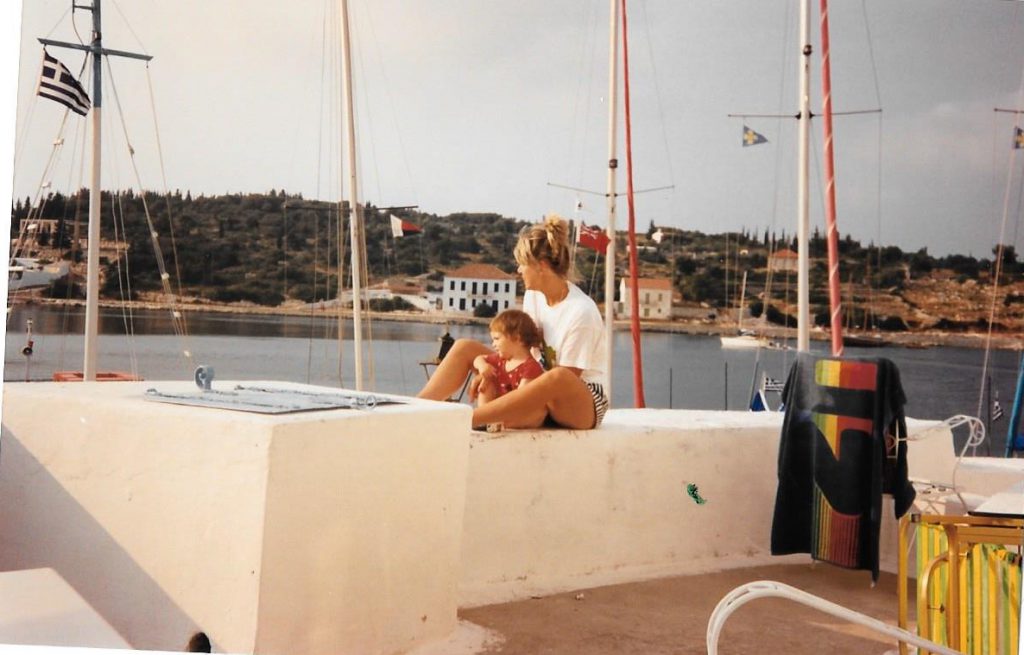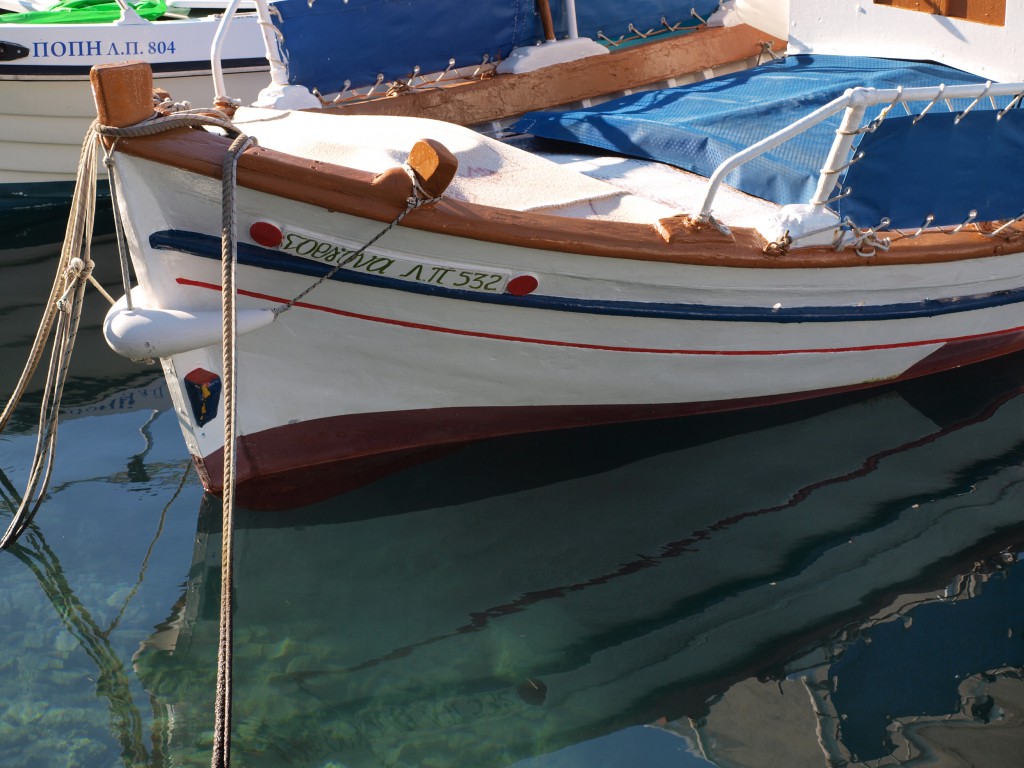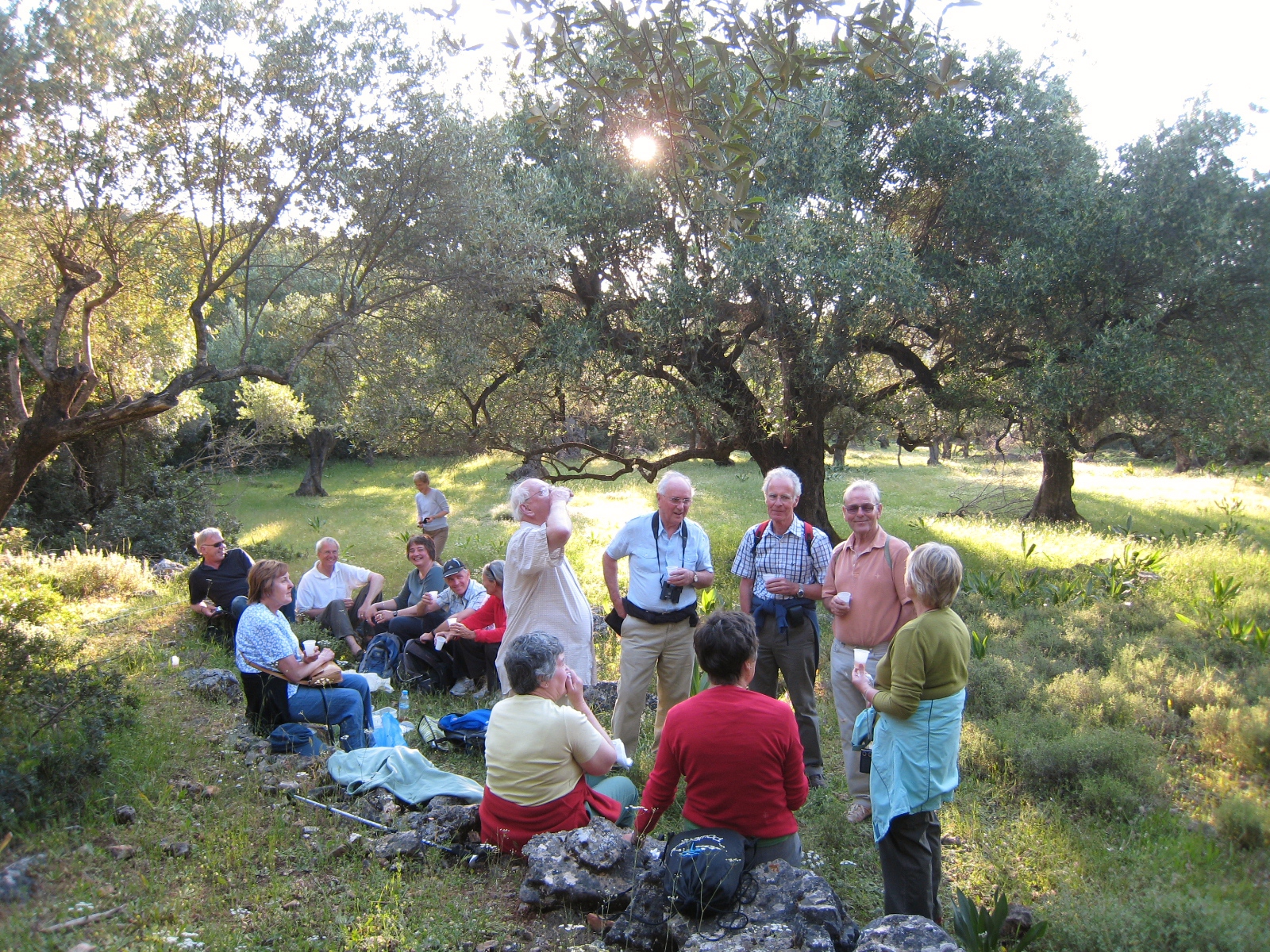Our newsletter brings you Warm Wishes and a Few Things New for the New Year. Our office has some new family faces. Alex’s wife, Catherine, has joined our team. Catherine (Cat) has spent three years on Paxos as a Representative for Ionian Villas and Scott Williams. She has visited the other Ionian islands and will be…
Tag: Greek island holidays
Winter Weather on Ithaca
This Blog was written by our Ionian Villas manager on Ithaca, Sue White. Sue lived on Kefalonia for 18 years and has now been living on Ithaca for 5 years. Sue is a taxi driver on Ithaca – one of twelve drivers. Sue looks after our clients and is able to give a valuable, personal insight into…
Fiscardo Before the Sun Umbrella Invasion
Fiscardo is undoubtedly one of the most colourful and prettiest ports in the Ionian. In 1953 an earthquake destroyed all Kefalonia buildings except those in Fiscardo and a few outlying villages. In my early Greek Islands Club days we took on a small programme of village houses for those visitors wanting to spend lazy days…
Greece to Continue to rely on Tourism In or Out of the EU
Whether Greece stays in the Euro and/or the European Community or not, she will continue to depend on tourism as one of her most important income opportunities. Thousands of visitors each year to the smaller Greek islands have a serious impact on local infrastructures. Over time these islands will inevitably lose part of their culture, traditions,…
Newsletter for 2015
Ionian Villas is 3 years old. We have so far booked Ionian island properties for just over 1,500 people and we are now arranging villa holidays for their friends and friends of friends. We wish you a Healthy & Happy New Year and hope to see you again sometime. We have added some new properties…
Bicentenary of Edward Lear’s Birth to be Celebrated in Corfu!
Photo – Villa Aphrodite’s view over Mon Repos Edward Lear is well known for his limericks and nonsense rhymes such as “The Owl and the Pussycat”. Lear however dedicated more of his time as a landscape painter. He travelled on foot and horseback through 19th Century Greece, Albania, Southern Italy and the Middle East making…
Discover the Real Ithaca
Ithaca is an island which will appeal to those wanting to escape a busy, noisy lifestyle. But will there be enough to occupy the wound-up mind, which sometimes needs more than a week to jettison unwanted pressures and can refuse to sit happily with simple and peaceful island distractions? Recharging batteries is important and the…






